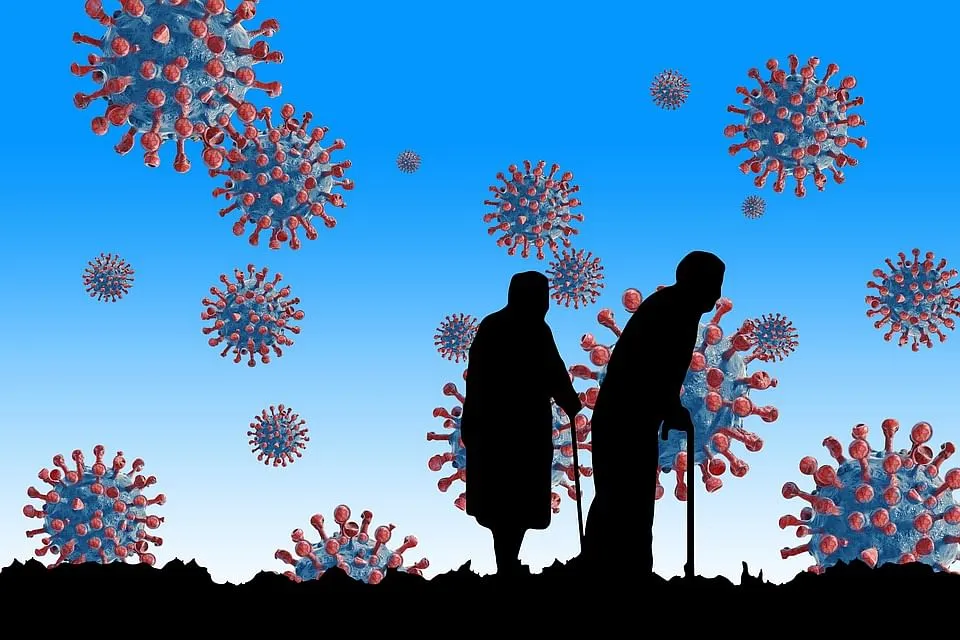The UK variant of coronavirus, known as B.1.1.7, is quickly on its way to becoming the dominant variant of the virus in the US, say researchers.
The findings, published in the journal Cell, suggest that future Covid-19 case numbers and mortality rates in the US will be higher than would have been otherwise.
The variant, which has been detectable in an increasing proportion of SARS-CoV-2 samples, is 40-50 per cent more transmissible than SARS-CoV-2 lineages that were previously dominant.
“B.1.1.7 rapidly became the dominant SARS-CoV-2 variant in the UK and other countries after its emergence late last year, and the US is now on a similar trajectory,” said researcher Kristian Andersen, Professor in the Department of Immunology and Microbiology at Scripps Research in the US.
According to the researchers, the B.1.1.7 variant contains several mutations, including several in the gene that encodes the viral spike protein. These mutations increase the spike’s ability to bind to the ACE2 receptor on human cells.
Although there is no evidence yet that the B.1.1.7 variant can evade Covid-19 vaccines, public health officials fear its relatively high rate of spread will significantly worsen the pandemic before vaccines can end it.
Standard swab tests for the coronavirus check for distinctive genetic sequences at three sites on the viral genome; the B.1.1.7 variant, due to its mutations, shows up as positive for two of those sites, but negative for the third site, which is within the virus’s spike gene.
The new analysis of roughly 500,000 Helix test results since July 2020 revealed that this two-of-three pattern, known as S-gene target failure, or SGTF, became consistently evident at a low frequency (0.2 per cent) in mid-October.
By the third week of February, it had risen to a frequency of 10.6 per cent and was detected in patients from 25 different US states and territories.
The SGTF pattern can occur with other SARS-CoV-2 variants that have spike gene mutations, but the researchers found by sequencing every SGTF sample they had from December through February, 662 of the 986 samples (67 per cent) contained the B.1.1.7 variant.
This suggests that the SGTF pattern on the swab tests can provide a quick albeit rough indication of B.1.1.7 prevalence.






